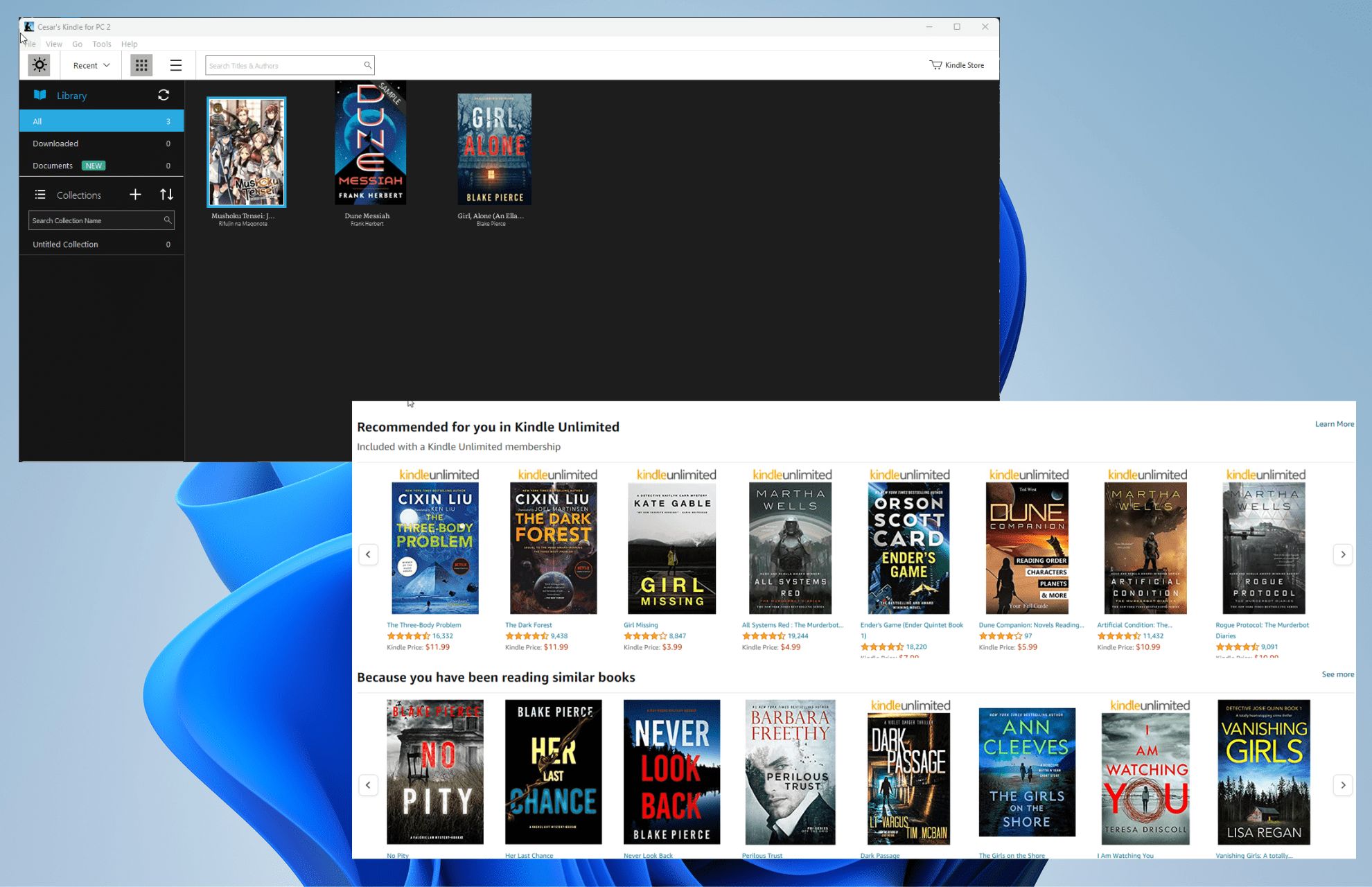While great blogs are the result of creative effort, blog promotion relies on lots of math and analytics, too. It takes a lot of work to make your voice heard in today’s digital noise. In fact, most blogs fail because beginning bloggers believe that their success depends only on creative writing skills. But that’s not the case!
In practice, maintaining a successful blog is about research, social media promotion, trend analysis, and, of course, finding optimal monetization channels. It’s a lot of work, but fortunately, there are also a lot of tools to make this process less stressful. Below are the top 15 tools every blogger should use in 2023… and in 2024, too!
Blogger: Content Management System
If this is your first time creating blogs, the Blogger content management system (CMS) is the tool you need. It helps create stunning blog websites without any programming experience, provides backlink analysis, and plenty of other valuable features that can be confusing for beginning bloggers. More importantly, the system is highly user-friendly and intuitive to use. It will not solve all technical blogging aspects, but it will certainly cover most.
Canva: Creating Visuals
90% of the information our brain processes is visual, which means your blog won’t get far without pictures, graphs, infographics, etc. Canva is a very useful tool that helps create stunning graphics — either from the pictures you upload or from hundreds of free (and legal images). Some images are for sale, too, but the pricing is usually moderate. Besides, Canva can format your visuals for social media — it has auto dimensions for all major social media sites and CMSs.
Yoast SEO: Keywords Writing Help
Search engine optimization does not have to be about hours of painstaking analysis — the Yoast SEO plugin can take most of the work off your shoulders. What’s great about this tool is that when the plugin is activated on your blog, it starts offering suggestions on how to make your posts keyword-friendly (even as you write), and all one has to do is follow those suggestions.
Google Analytics: Monitoring Website Stats
This tool needs no introduction — Google Analytics is the most advanced service that offers a very detailed analysis of your website traffic and visitors’ behavior. You need to paste a few lines of code to activate it, but if you are using a website builder like Blogger, WordPress, or Wix, the CMS will prompt you to do it anyway. The basic functionality is self-explanatory, but some advanced options will require a learning curve. Still, even if you monitor the sheer basics, insight analysis will be worth it.
Clicky: Real-Time Website Analytics
Clicky is similar to Google Analytics but can also monitor users in real-time. Actually, it is a bit surprising that this tool is not as massively popular as Google’s software because the developer communities point out how much simpler it is to install and use — even for people with no programming experience. The features are almost identical, and the analysis results are similar. So, you can install both and see which one suits you better.
Ahrefs: Keyword Research
While plugins like Yoast SEO are beneficial for creating keyword-optimized content and offering suggestions on common queries, tools like Ahrefs offer a more in-depth approach to keyword research and analysis. Instead of just offering you tips to follow, Ahrefs will provide you with detailed lists of highest and lowest-ranking keyword searches. You can also modify keywords to find the best combinations for your blog, apply location filters, and much more.
Buzzsumo: Exploring Trends
Buzzsumo is a handy tool for staying on top of the latest trends — something that will undoubtedly prove helpful when looking for new content ideas. It can also track any mentions of your blog or personal brand online, allowing you to respond to feedback or simply ‘spy’ on what people are talking about.
Buffer: Social Post Scheduling
Buffer is an excellent tool for creating social post queues on practically any network. Besides a chance to make a social media plan in advance, the app offers very detailed analytics under each post; often, it has even more useful insights about engagement levels than built-in site analytics.
Hootsuite: All-in-One Social Promotion
Hootsuite is not the cheapest social media promotion service, but it offers so many features within one SaaS tool that it is worth considering. It can create social media post schedules, track engagement, switch between different sites and accounts, track brands and blog mentions, and much more. If you do not want to use too many apps, Hootsuite is an all-in-one solution for social media promotion.
CoSchedule: Headline Analyzer
Headlines are tough, but the CoSchedule headline analyzer can make them a little easier for you. This AI-powered tool offers eye-catching headlines that earn more clicks across different channels. But CoSchedule is a service that has more features than that — it can also help you craft social media posts, emails, and even videos for YouTube and TikTok.
SignalHire: Connecting with Partners
Lots of traffic and engagement do not necessarily mean high income from your blog. The best way to monetize it is to collaborate with other people or businesses in your niche, and SignalHire can help you find these people. The tool is useful both for finding companies who might be interested in promoting their products on your blog and for reaching out to other media experts who might host your content on their sites (with backlinks, obviously). Or, you could look up new contacts individually. The Chrome/Firefox extension can extract contact data directly from Facebook and other social media sites.
Google AdSense: Earn Money from Ads
Another way of monetizing your blog is to display ads directly on your website. Yes, yes — no one likes ads, and you probably do not want them on your site at all. Still, with Google AdSense, you can decide how many ads you display and what those ads are. You do not have to do anything else — Google will figure out the rest all on its own.
Calmly Writer: Write Without Distractions
Calmly positions itself as a distraction-free writing tool, and, in a way, it is. This is a good text editor, available for a moderate fixed-priced payment of $12, with a ‘focus’ mode that dis-activates all the distracting menu options when you start typing — as long as you type, you only see one paragraph.
Grammarly: Polish Up Your Writing
Grammarly text editor is a miracle worker when it comes to spotting typos, offering more confident or less bulky ways to phrase a sentence, fixing commas, and much more. If you have not already used the tool to check your spelling and phrasing, you should start. Besides, there is a plagiarism scan option with a paid version.
Optimizely: A/B Test for Best Results
Finally, running a good blog is about constant updates and improvements. Optimizely can be of great help here — with this tool; you can test different versions of your blog, see which headlines and CTAs can drive the most traffic, and more. The goal is to eliminate all the underperforming areas so that your content can shine.
With this essential blogging set, you can spend less time doing the technical ‘thing’ and dedicate more time to writing. That’s what you bargained for, right?
























